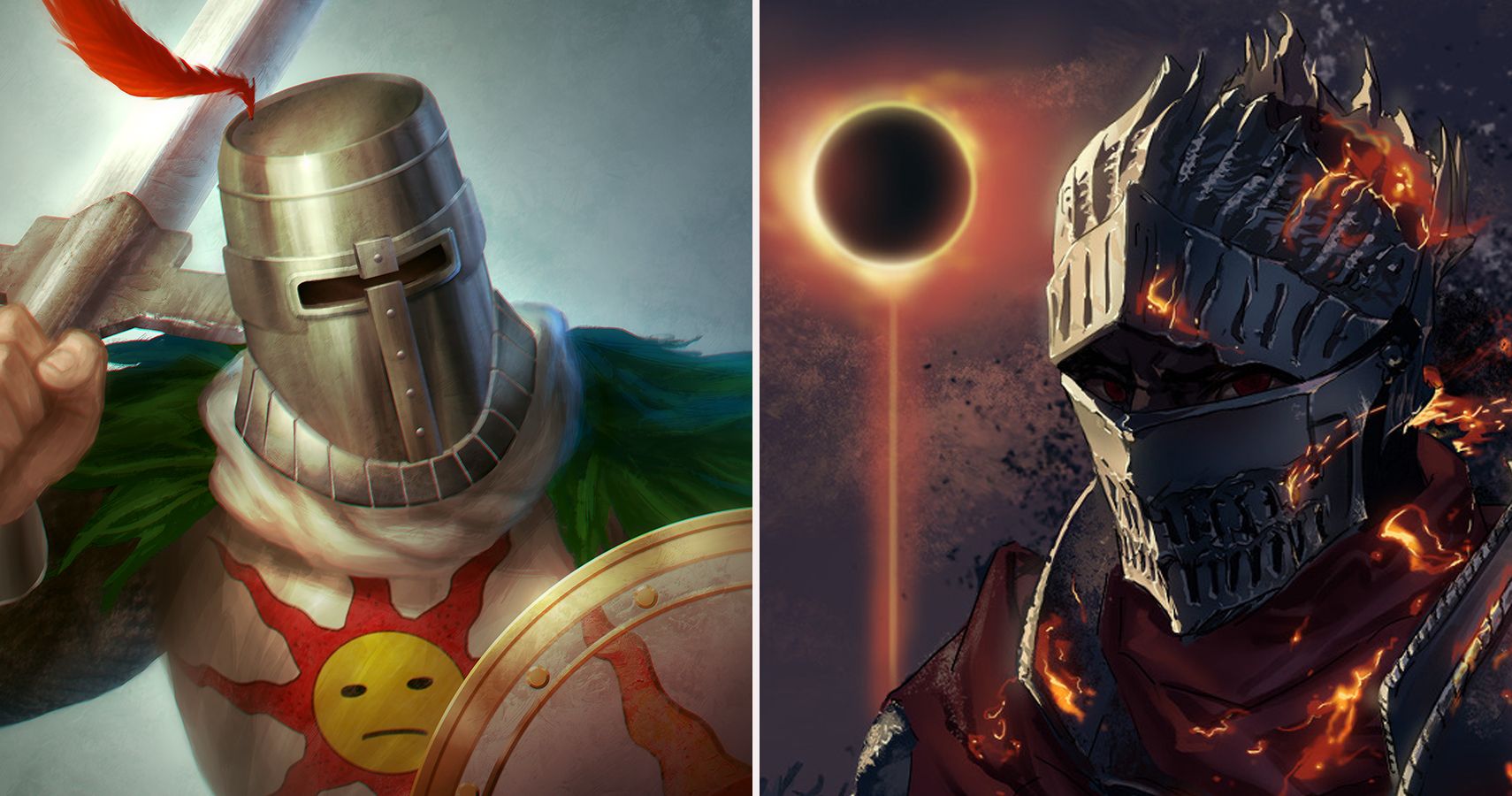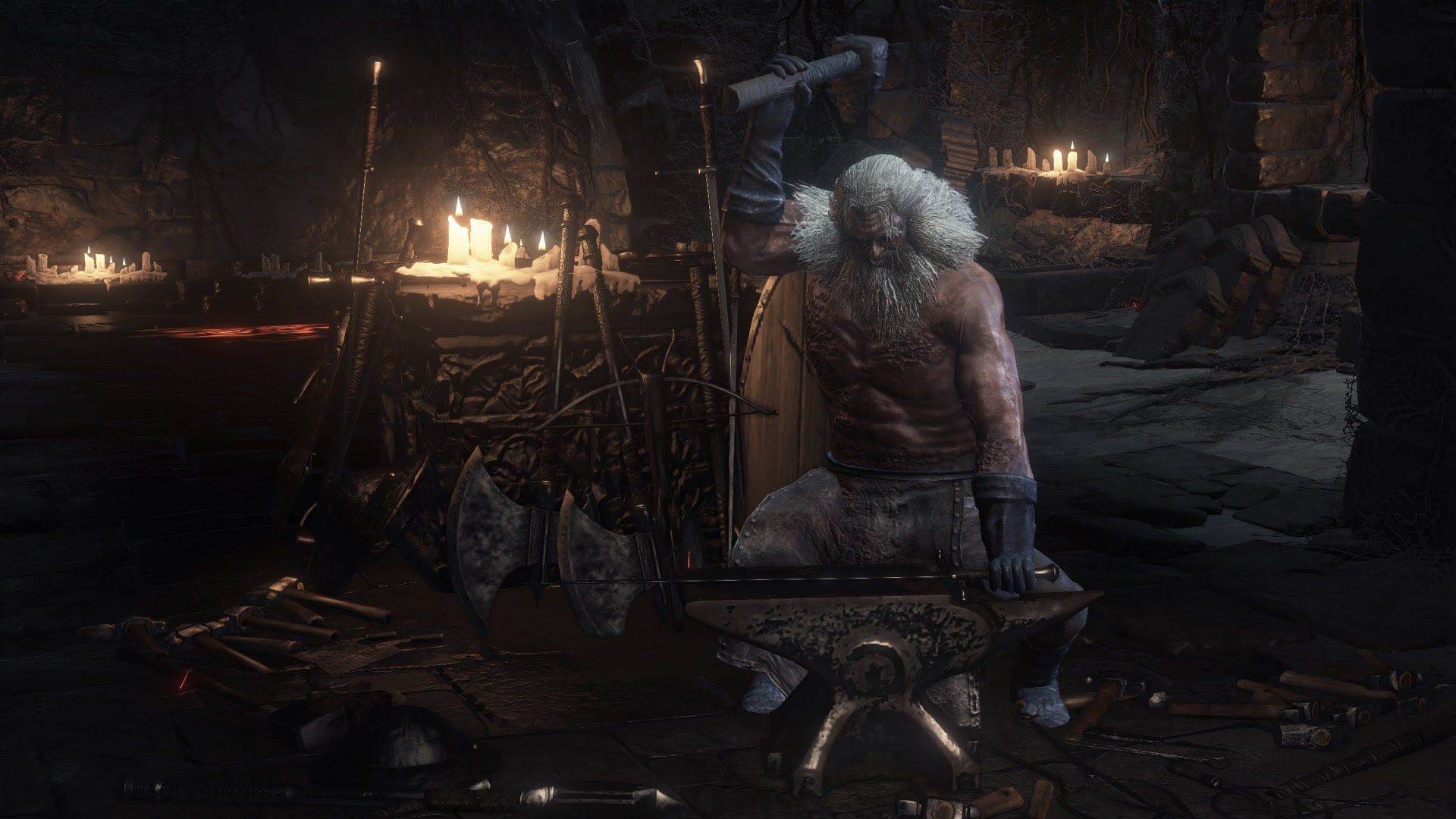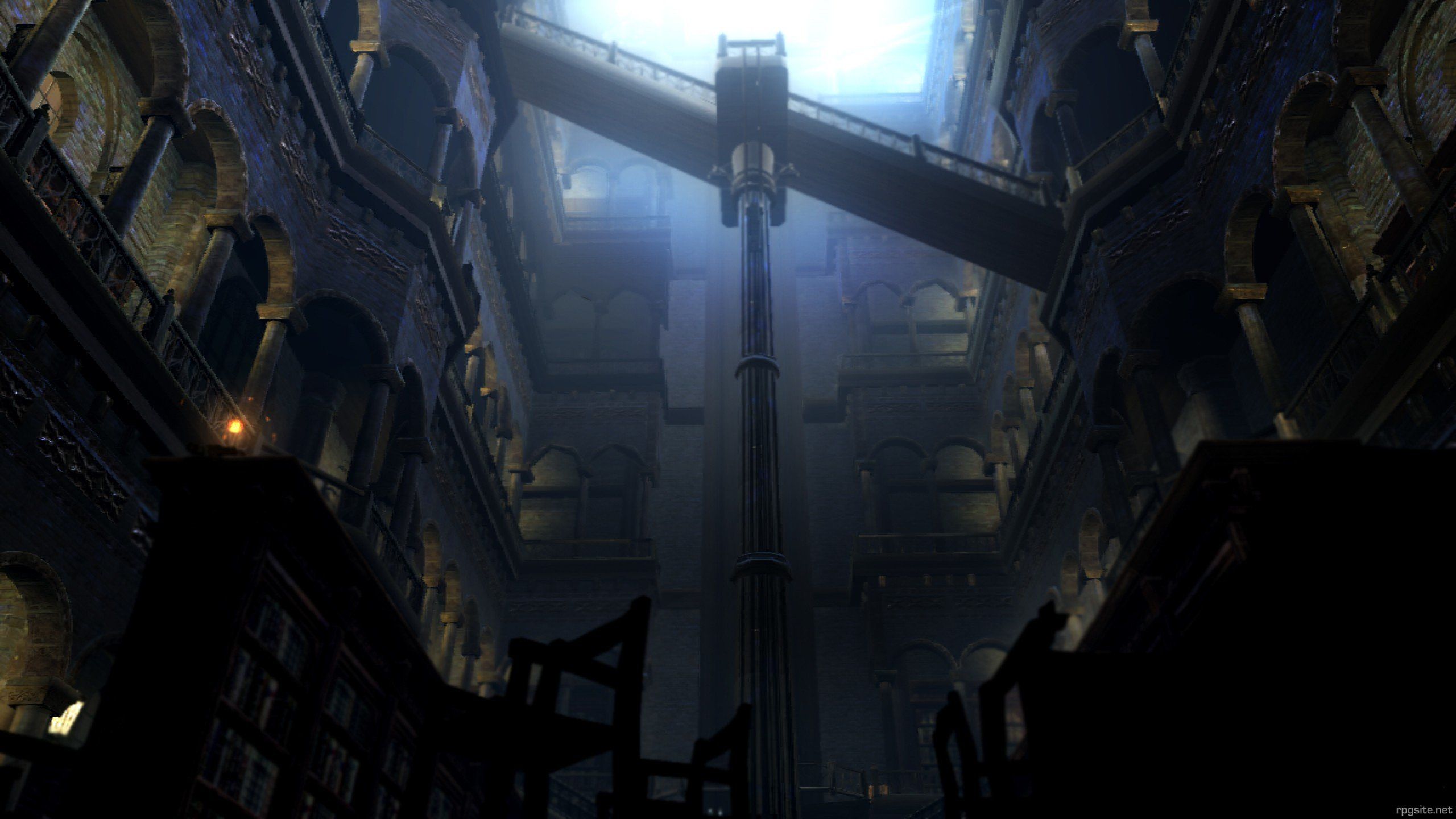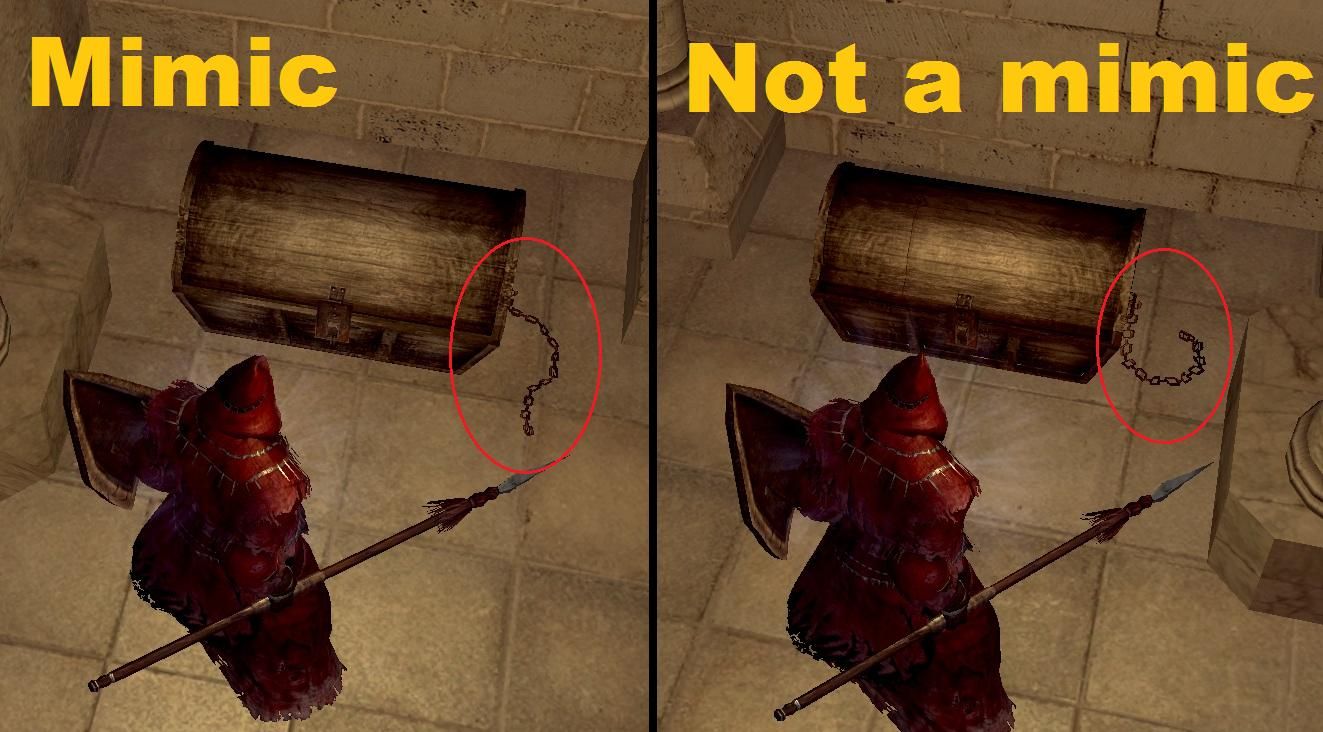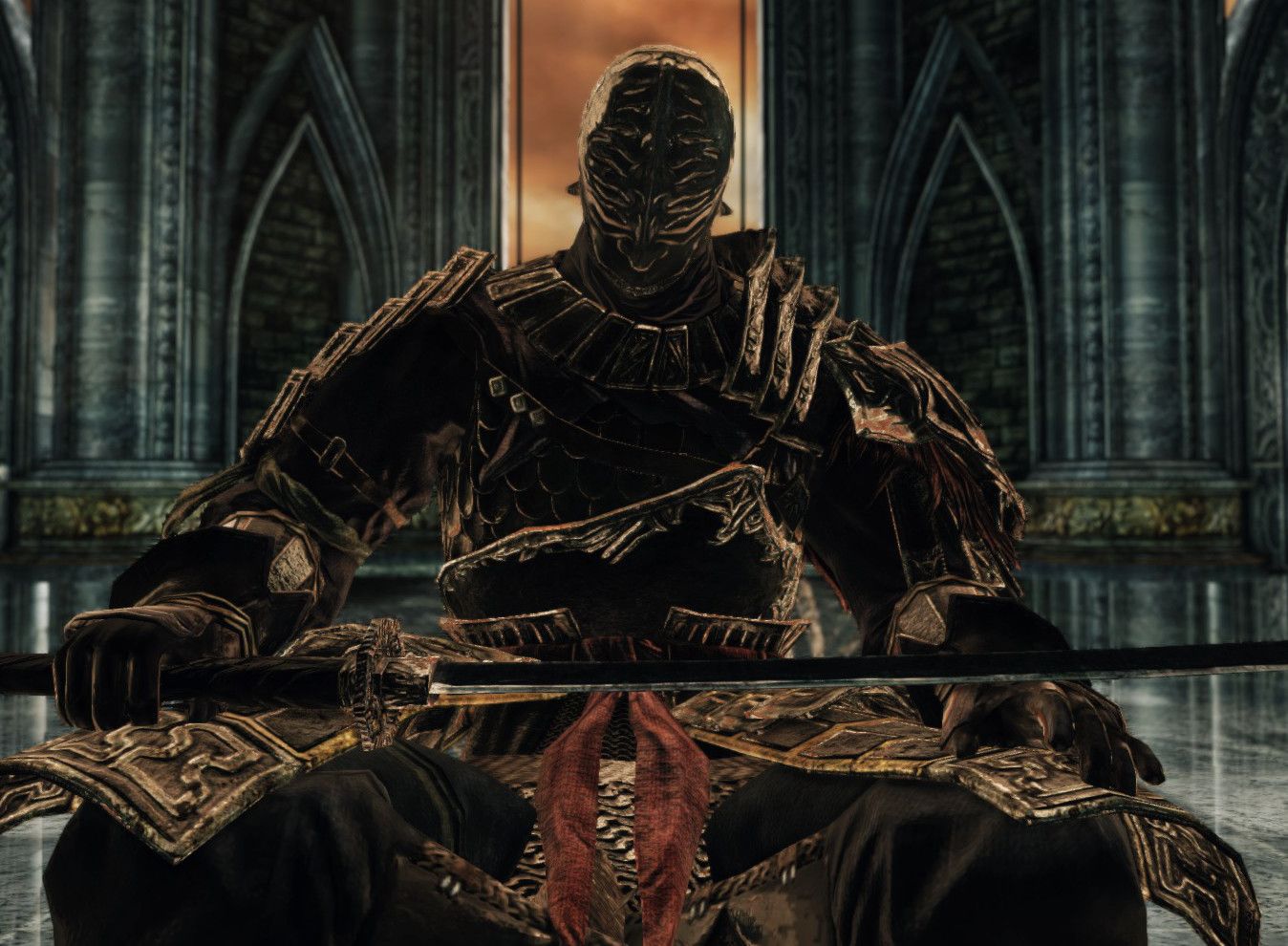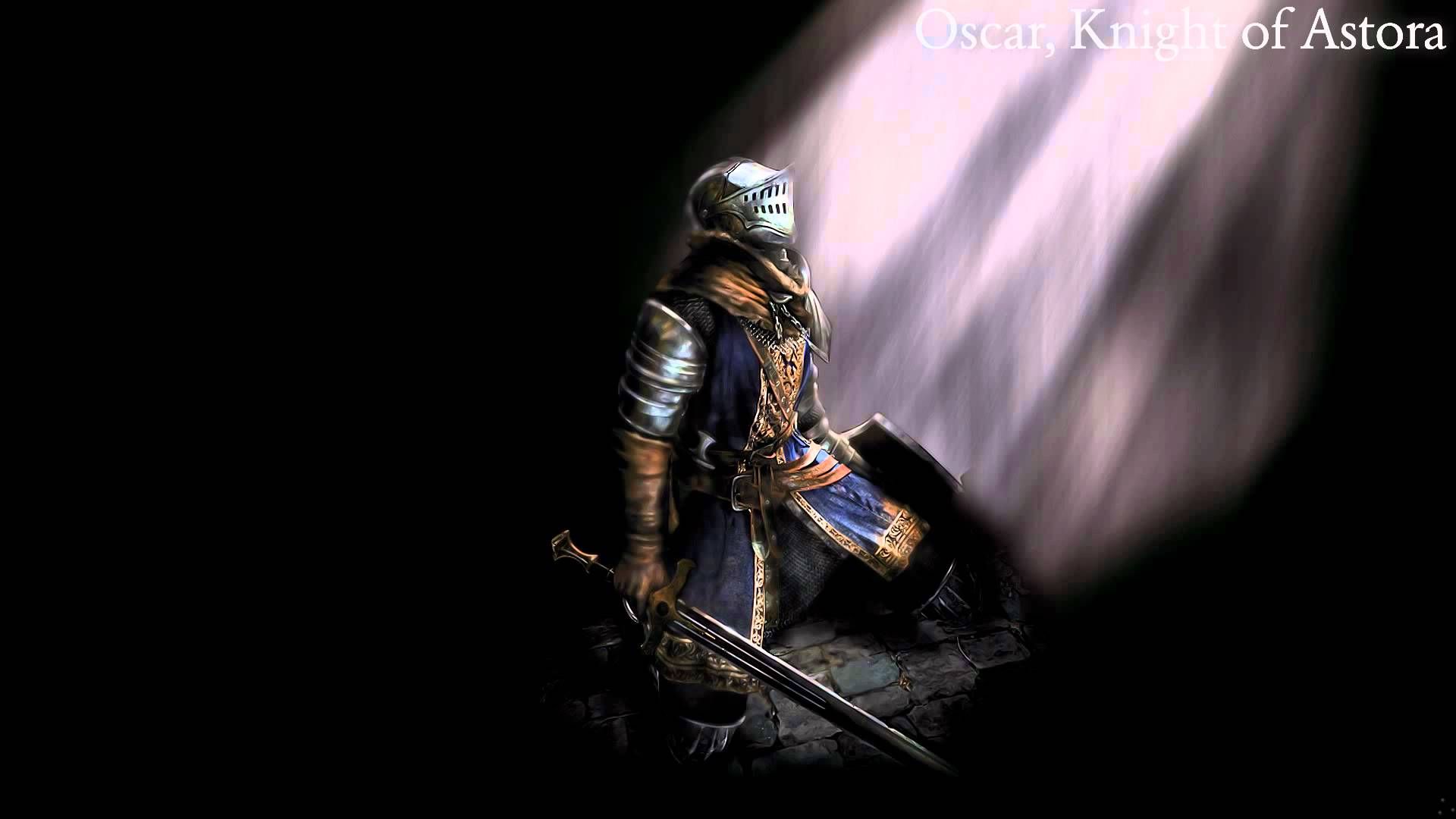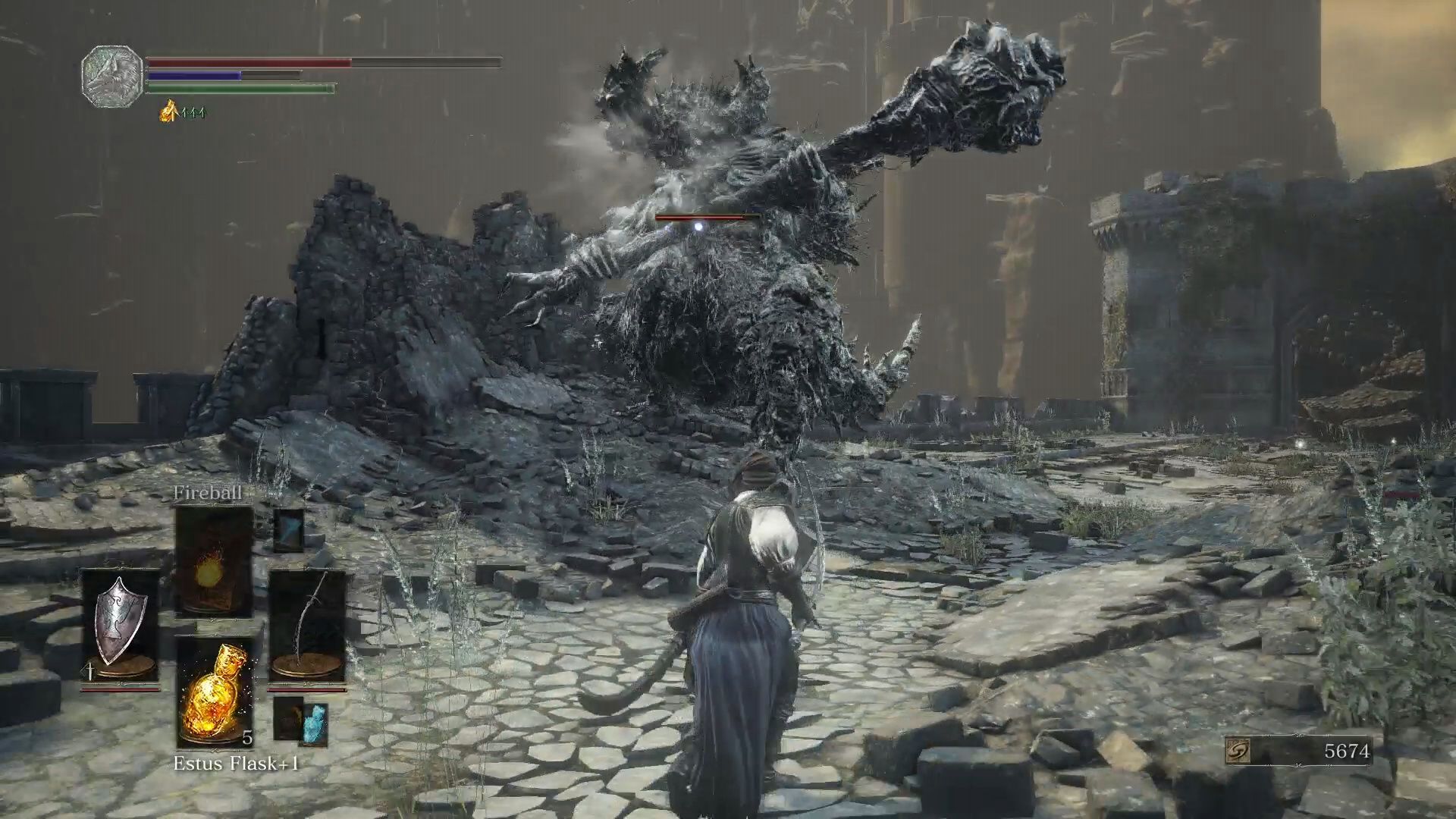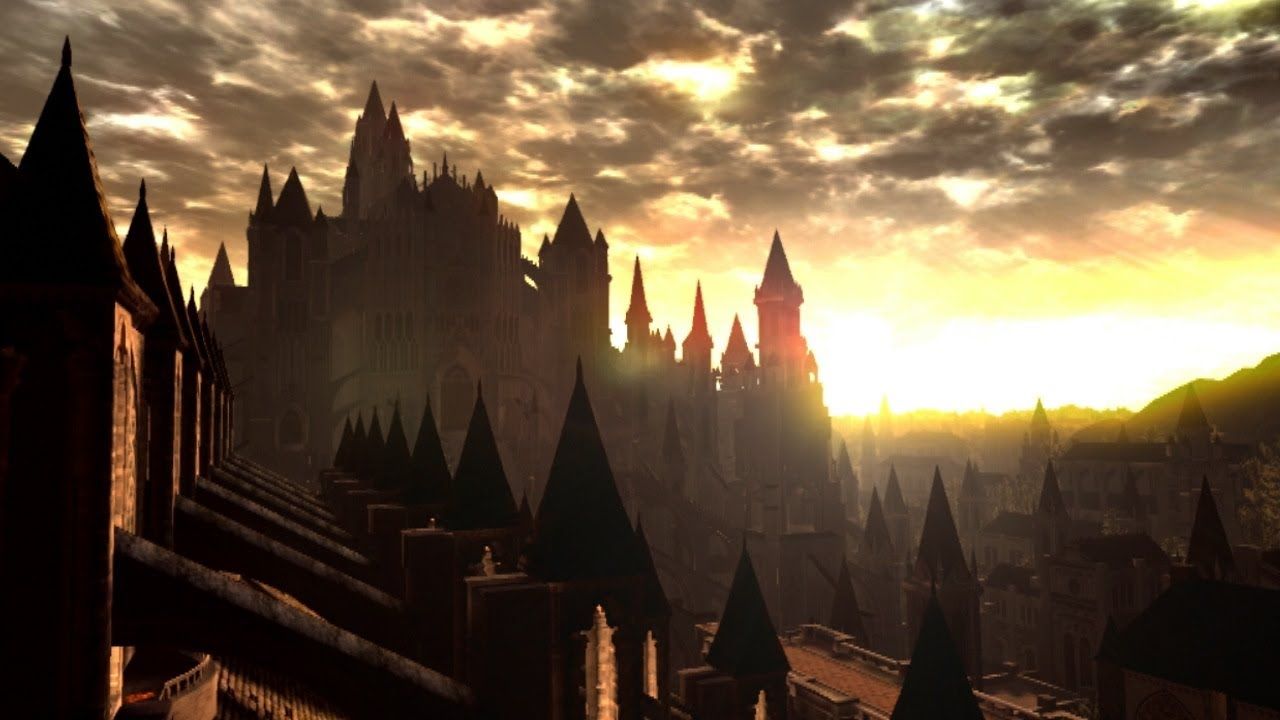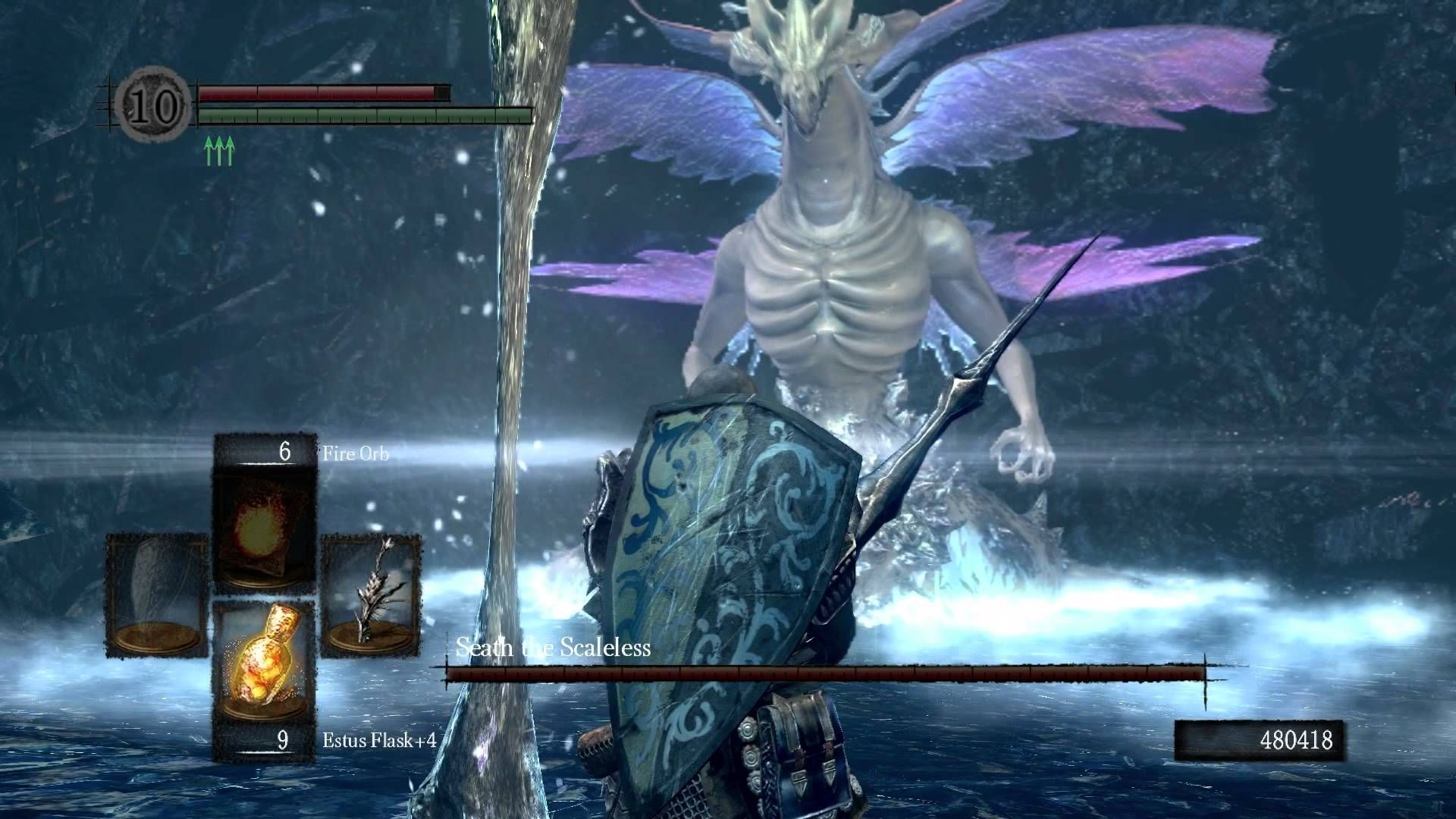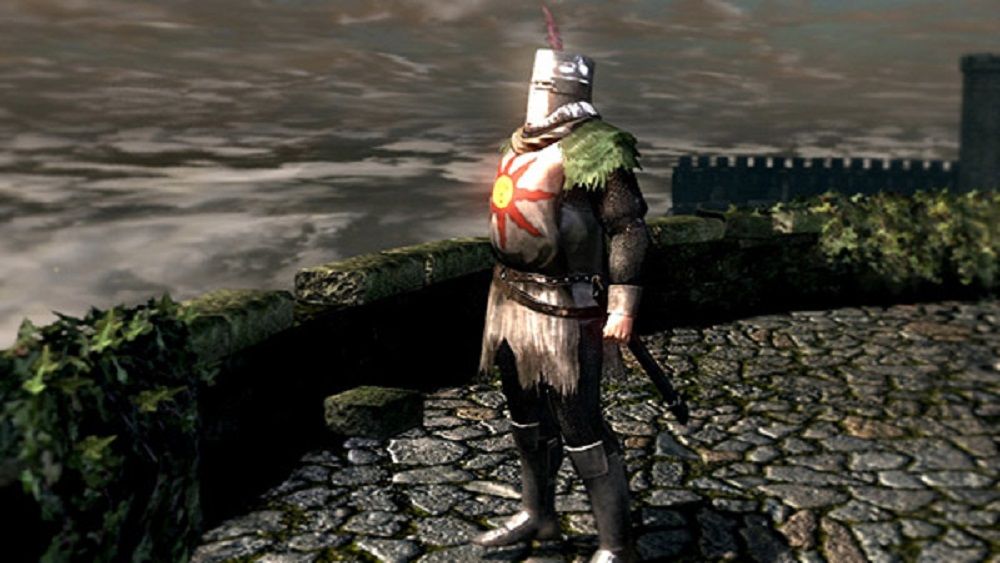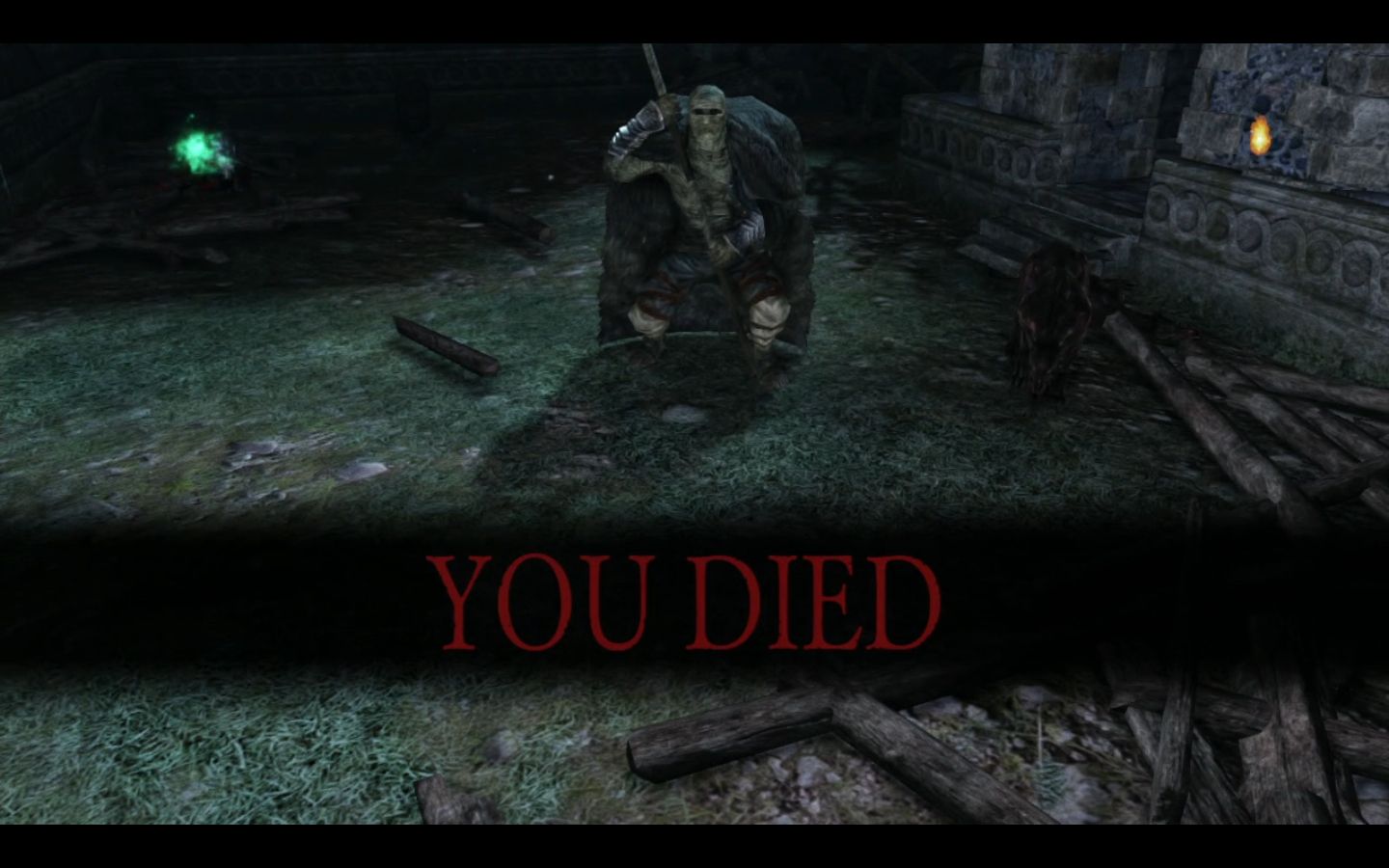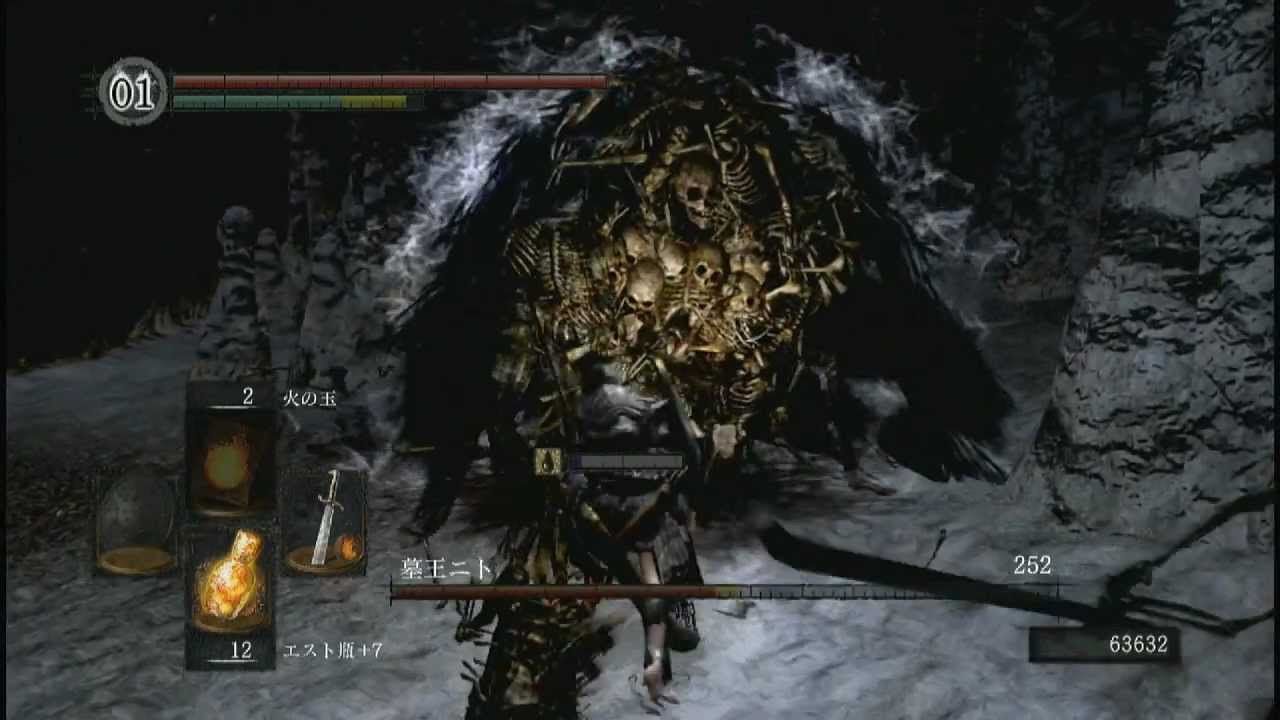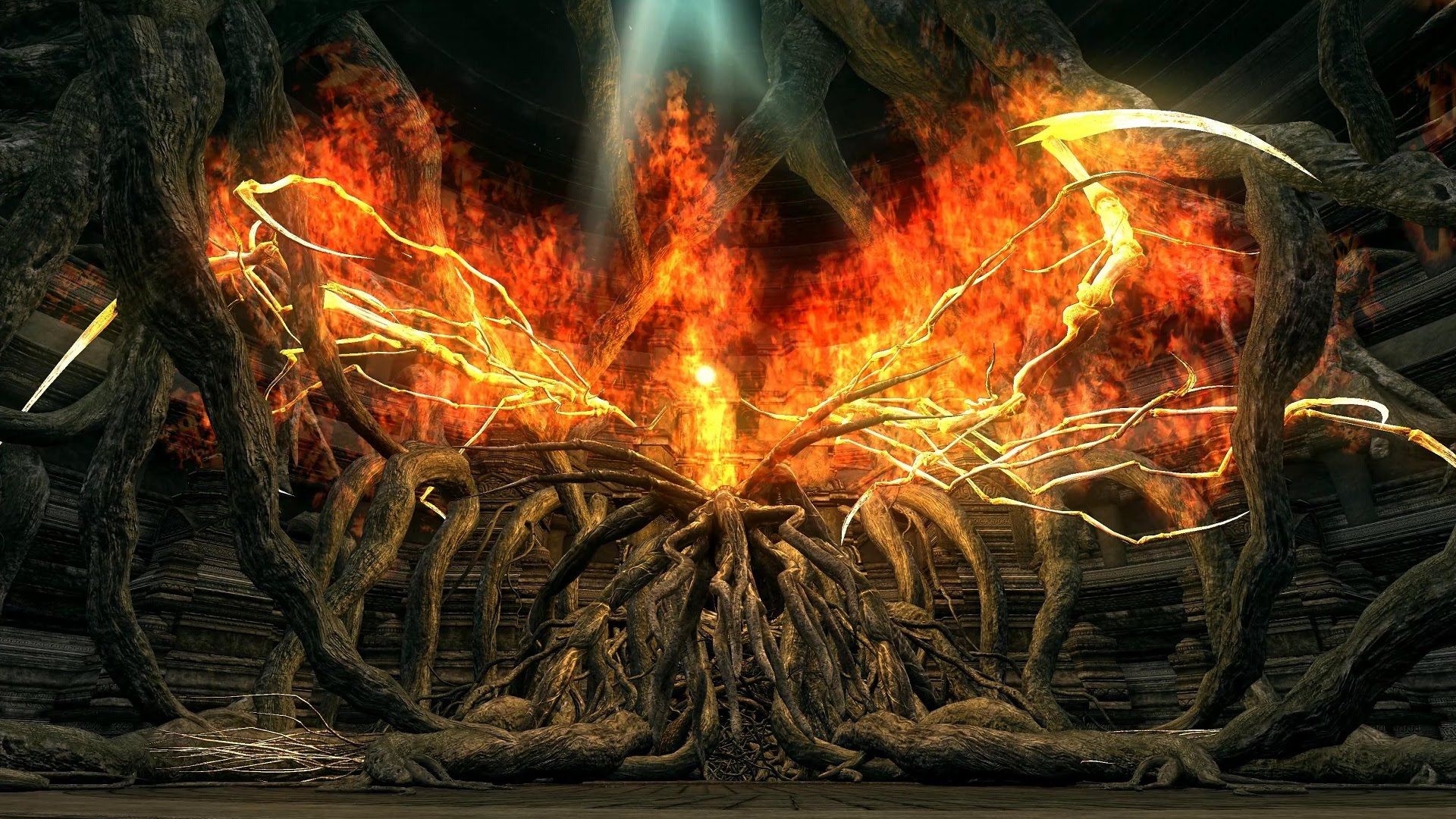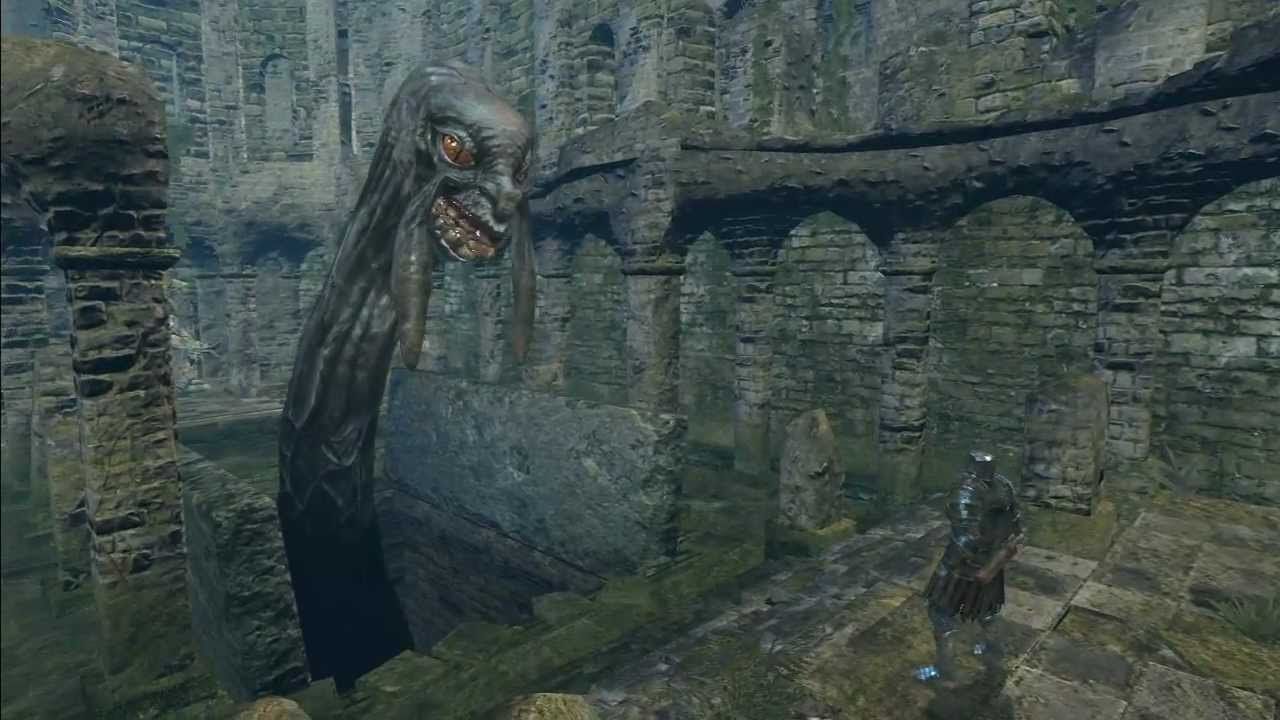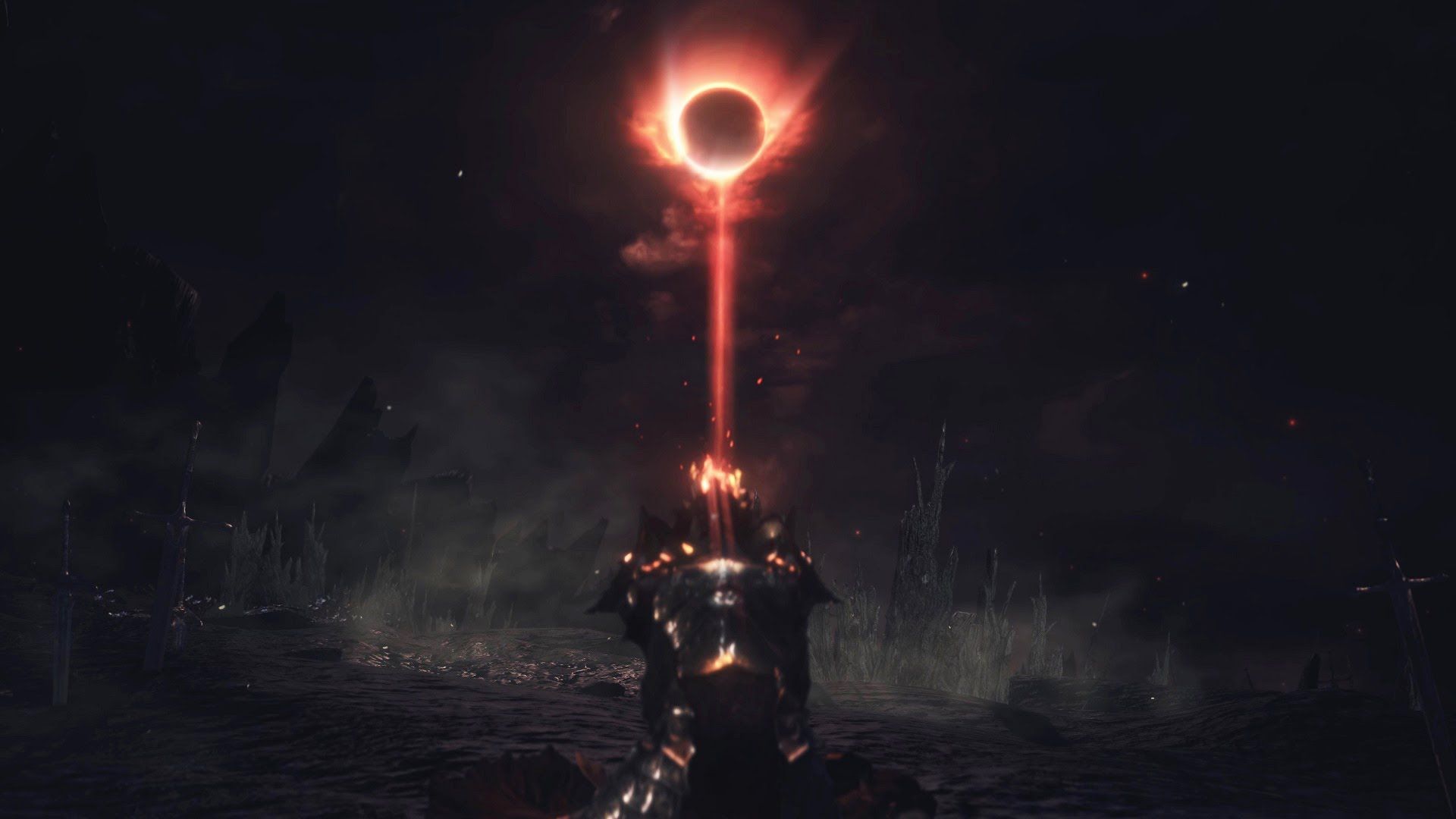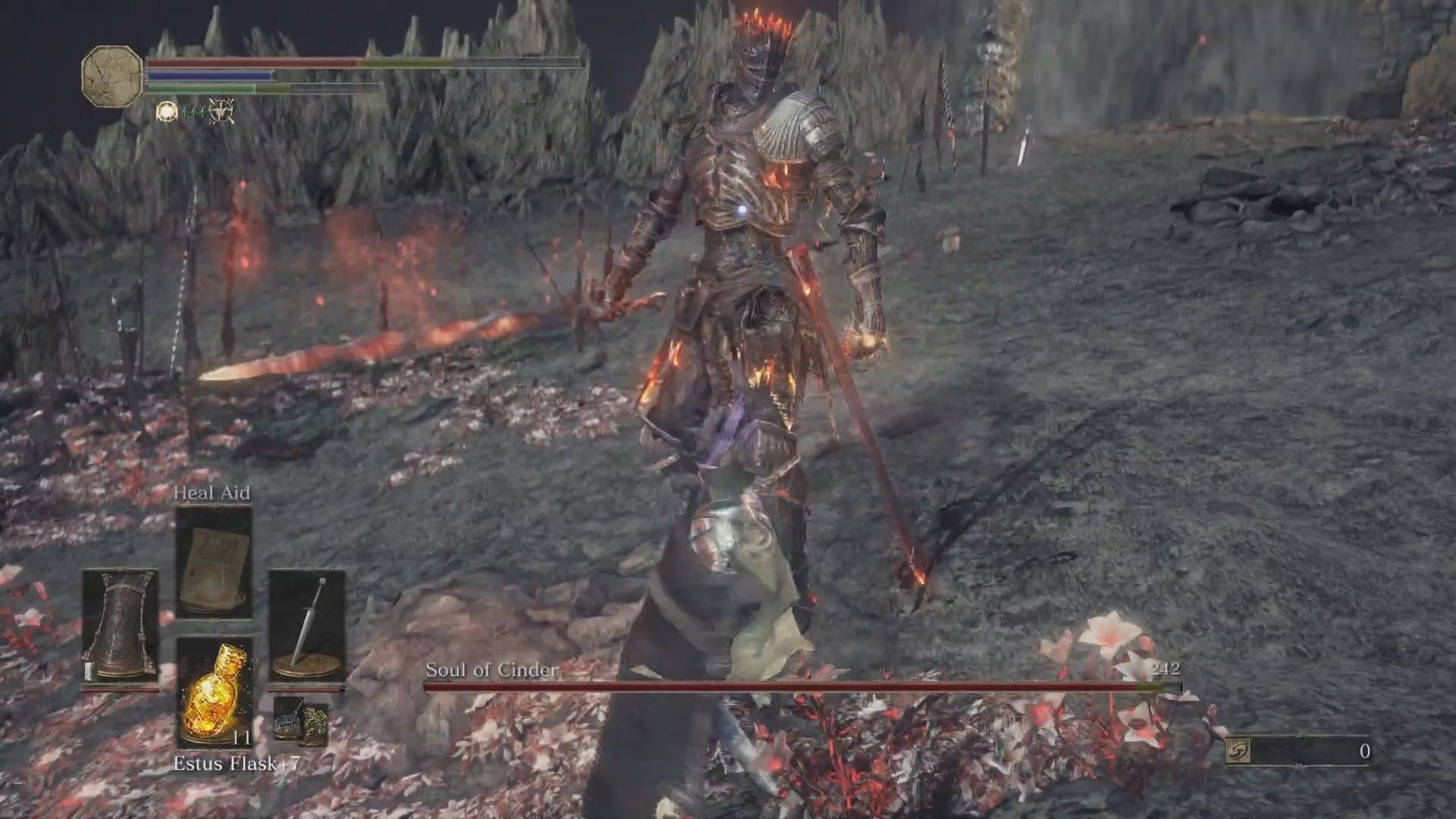Most casual fans recognize Dark Souls as that brutally hard series of action RPGs published by the same people who developed Pacman. The franchise offers some fun bosses and actual difficulty compared to most AAA titles nowadays, and that’s more than enough for the average gamer. For those more hardcore fans, though, Dark Souls is an entirely different beast.
Every item has a description, and every description shines new light on the lore. That lore can then be used to fill in holes in the story and flesh out the narrative. Bosses suddenly have intricate backstories and motivations, areas become all the more grand thanks to the added information, and your journey gains a newfound sense of purpose. For many Dark Souls fan, they aren’t just exploring the Souls world; they’re exploring its history.
Items aren’t the only thing that keeps Dark Souls’ world alive. References, visual cues, and interviews with the staff all paint an image of what Dark Souls is, and what could have been. In some instances, you can even stumble upon evidence of cut content. No matter how you choose to approach to Dark Souls, you’re setting yourself up for an adventure that’ll change the way you perceive video games forever.
15 Andre The Blacksmith Was Originally Gwyn’s Son
Andre’s claim to fame in the Dark Souls series has to be his wild beard and bombastic voice, and the all around usefulness he provides you on your adventure by being the main source of upgrading for the better part of the game. What you probably didn’t know was that Andre originally had a much bigger in the plot as Gwyn’s estranged, exiled son. In Dark Souls’ backstory, Gwyn had a son who did something to upset him and was subsequently stripped of all his godly statuses and erased from Anor Londo’s history.
In Dark Souls: Design Work, however, Miyazaki confirms that Andre was developed as Gwyn’s son which explains why he’s the only NPC who actually moves his mouth while talking and why he isn’t rendered using the base character creator.
14 The Duke’s Archives Are Based On Harry Potter
The Duke’s Archives: Seath the Scaleless’ grand library filled to the brim with knowledge long forgotten by man. At the center of it all is a moving staircase that connects different wings of the library together. One might think, “it’s just a common fantasy setting” and that it’s connection the moving staircase in Harry Potter is pure coincidence but, in a surprising move, Miyazaki actually confirmed that it’s not only based off of Harry Potter, but that the entire area is a reference to the novels.
The character Sieglinde is found outside of the Duke’s Archives, and Miyazaki has confirmed that he directly based her off of Emma Watson from the Harry Potter films.
13 You Don’t Actually Have To Fight A Mimic To Loot It
Mimics, especially early on, are the some of the most dangerous enemies you can come across in Dark Souls. They show up in inconvenient areas, where you’re probably not even thinking about whether or not a chest is a mimic, and then eat you up. If they don’t kill you one hit, then they can get up and toss you around like a ragdoll.
Fortunately, there’s an easy way to completely circumvent fighting them. Toss either a Lloyd’s Talisman or an Undead Hunter Charm at a mimic, and they’ll fall asleep allowing you to loot them without triggering a fight. If you do happen to start a fight, throwing a talisman or charm at an active mimic will put them to sleep.
12 You Can Force A Boss To Kill Himself
Dark Souls’ brutality is one of the main draws to the franchise. You can be killed so easily, and in so many ways, it’s almost a form of art. For as brutal as the game can be towards you, there are a few instances where you can enact that same brutality on your enemies. Parry based executions have the potential to be quite graphic and backstabs are in a tier of their own, but there’s one instance in Dark Souls II where you can shame a boss into killing himself.
If you manage to defeat Sir Alonne without taking any damage, he’ll commit seppuku and disembowel himself instead of normally dying like other bosses. While not a part of the Dark Souls trilogy, Demon’s Souls also has a similar situation where Maiden Astraea will commit suicide so long as you kill Garl Vinland before confronting her.
11 You Get Your Ashen Estus Flask From The Same Person Who Gave You Your Estus Flask In The First Game
Getting the Estus Flask from Oscar of Astora in the original Dark Souls isn’t just a defining moment for the game, it’s a defining moment for the entire series. It tells us everything we need to know about the world while conveying important gameplay information. At the same time, Oscar’s immediate death lets us know that this will not be an easy journey, let alone a pleasant one.
Flash forward to Dark Souls III where you pick up your Ashen Estus Flask from a dead corpse in the first area. It’s an unceremonious moment that’s quickly forgotten, but if you take a moment to analyze the situation, you’ll realize something quite upsetting. Dark Souls III kicks off with dead warriors rising from their graves. Unfortunately for Oscar, he didn’t last very long this time around either.
10 You Can Amputate The Stray Demon
The Stray Demon in Dark Souls III is one of those optional encounters that's either heaven or hell depending on when, or if, you stumble upon them. A decently upgraded weapon and some thoughtful rolling can circumvent most danger, but finding one too early without good gear is a great recipe for death, especially since they can actually pick you up and throw you off the stage.
Thankfully, FromSoftware is completely evil. If you aim specifically for the Stray Demon’s legs and damage them enough, they'll actually break off severely rendering their mobility. Without a proper way to move around, you're given free reign to take them out however you please. It'll probably still find some way to kill you, though.
9 You Can Keep Summoning/Invading In Anor Londo Even If You Kill All The Bosses
Summoning and invading is a core part of Dark Souls’ design, but it stops being viable as soon as you clear the boss in each area since the mechanics exist to primarily help or hurt you on your path to the boss. Whether it's by design or a complete overlook on FromSoftware’s part, it's actually possible to keep invading and summing in Anor Londo with all the bosses dead, but the steps are rather specific.
The first step is killing Gwyndolin who isn't meant to be fought until after you're just about done with Anor Londo, but it's actually possible to reach him before anyone else so long as you know where to find him. Then all you have to do is proceed as normal, kill Ornstein and Smough, and then kill Gwynevere. The game will now shift Anor Londo to the dark version where Gwyndolin is the boss of, but since the game resets Anor Londo’s criteria, you can still summon and invade without any bosses around.
8 Seath Is Blind And His AI Reflects This
Seath the Scaleless has the distinction of the being the one boss in the franchise who absolutely must kill you at least once before you can progress. It’s that novelty that makes your rematch with him all the more fulfilling, and all the more dangerous. He can cure you, attack you from long range, and fill the boss room with sharp crystals that drain your HP. He's also blind and can't actually see you.
So long as you're quiet, Seath won't know where to attack. Once you start attacking, he’ll be able to pinpoint you, but walking slowly and staying calm is a great way to get him to lose trail of you. Demon’s Souls also did something similar with the Old Hero who also couldn't see and relied entirely on sound.
7 It’s Possible To Miss Meeting Solaire Entirely
Solaire might actually be the most popular character in the entire Souls franchise. His great voice acting, unique design, and jovial personality made him an instant fan favorite. His side quest even spans the entirety of the first Dark Souls. He's the first major NPC you meet and potentially the last you'll ever encounter, and he's also totally skippable.
If you manage to avoid fighting the Taurus Demon, Solaire will not spawn in his usual location meaning you can't get the white soapstone from him or start his quest line. It's possible to find him elsewhere, but now he’ll most likely be at the end of the bridge which means you'll have to find some way to get past a dragon who can one shot you. Try not to sequence break next time.
6 42 Dark Souls II Players Died Every Second During Its Launch Window
Dark Souls II really tried to capitalize on the difficulty of the original Dark Souls. Sometimes it was done tastefully, most of the time it was not. One of the more interesting instances of this capitalization was the inclusion of worldwide death stats that showed how many players currently died and the frequency of said deaths. Looking at the numbers, 42 people died every second when Dark Souls II initially released. It makes sense considering how poor the level design is compared to the first game. It's really a taste and to how FromSoftware set us up to fail during Dark Souls II. Still, it's a fascinating statistic to admire, and we'd be very curious to see every chart FromSoftware has to offer.
5 Gravelord Nito Isn’t A Skeleton, He’s A Cloak
Gravelord Nito, like Seath the Scaleless, is one of the four Lord Soul bosses who act as the main antagonist of the last act in Dark Souls. Nito, specifically, is mostly remembered as the “first of the dead,” and the giant skeleton who’s super convoluted to get to. But what if Nito wasn't a skeleton at all — what if he was his own cloak?
Reddit user MikeMars1225 theorizes that Nito’s skeletal body is just a host and not actually Nito, “Have you ever noticed how Nito's cloak not only acts as if it's sentient, but also strongly resembles the aura Humanity exhibits? Well, I've got news for ya, that cloak ain't just there to look pretty or to light up when he gets ready to do that sick AoE attack. That cloak is Nito's very humanity controlling the golem that acts as his body.”
4 The Bed Of Chaos Only Has 1 HP
The Bed of Chaos has the potential to be the hardest boss in all of Dark Souls. Her patterns are random, she can push you into a bottomless pit, and there's really no real strategy to fighting her. She's so frustrating that Miyazaki himself considers her to be a blunder of a boss. For all the hell she puts players through, though, she actually only has 1 HP.
You're not really fighting the Bed of Chaos, but lowering her guard instead. You have to break her branches from both sides of the room before descending into her core to kill her. She thankfully dies very fast once you hit her, but that's because she's designed with minimal health which arguably makes her so much worse.
3 No Matter What You Do, You’re Being Manipulated
Dark Souls has a pretty hard to explain story when you take into account all the lore and possible character motivations. In making the narrative vague, FromSoftware also made it easy for you to get manipulated repeatedly. In fact, they didn't just make it easy, they made it mandatory.
In Dark Souls, you're either manipulated by Frampt to sacrifice your life to kindle the First Flame or by Kaathe to usher in a new age of Darkness. In Dark Souls II, you're either manipulated by the Emerald Maiden to sit on some chair or by Aldia to abandon the Maiden so you can look at books together. In Dark Souls III, you're robbed of all agency from the start and are destined to do others’ bidding until the end of time. Which brings us to our next point...
2 Every Ending In Dark Souls III Means The End Of The World
It's really sad just how hard you try in Dark Souls III only to fail. If you go through the game normally without triggering any side quests, then you're going to end up kindling the fire. Unlike Dark Souls I, however, it's a very weak flame you kindle, and it'll most likely buy the world little to no extra time while also continuing a vicious cycle designed to end the world.
If you follow Yoel and Anri’s side quests, then you can steal the flame for yourself and hold complete rule over it. The thing is, all you've done is effectively steal the world’s life force. You're all powerful, but you've also most likely doomed the whole world.
If you team up with the Firekeeper, then you can snuff out the flame entirely and usher in an age of complete darkness. She asks if you can hear her voice as the screen fades to black, but the world is now trapped in an age without fire. No matter what you do, you have to end the world.
1 The Soul Of Cinder Isn’t Gwyn, He’s You
Between sharing Gwyn’s leitmotif and his move set, the natural assumption is that the Soul of Cinder, Dark Souls III’s final boss, is Gwyn revived to defend the flame. Upon some closer examination, the reality is much different. The Soul of Cinder isn't Gwyn, he's you.
To be more specific, he's your player character from Dark Souls or rather an amalgamation of the Souls of every created character from the first game. He can use different play styles, seems to have access to the Dark Wood Grain Ring, and just feels like a representation of every possible build available from the first game. In a way, it's fitting you'd have to fight yourself for the finale. The only way to put an end to the series it to kill the person who started it all. You.

